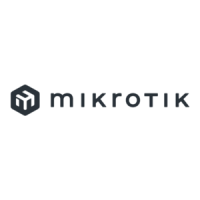Cache-Control or Expires header fields.
PUT
This method requests that the enclosed entity be stored under the supplied Request-URI. If another
entity exists under specified Request-URI, the enclosed entity should be considered as updated
(newer) version of that residing on the origin server. If the Request-URI is not pointing to an
existing resource, the origin server should create a resource with that URI.
If the request passes through a cache and the Request-URI identifies one or more currently cached
entities, those entries should be treated as stale. Responses to this method are not cacheable.
TRACE
This method invokes a remote, application-layer loop-back of the request message. The final
recipient of the request should reflect the message received back to the client as the entity-body of a
200 (OK) response. The final recipient is either the origin server or the first proxy or gateway to
receive a Max-Forwards value of 0 in the request. A TRACE request must not include an entity.
Responses to this method MUST NOT be cached.
Page 539 of 695
Copyright 1999-2007, MikroTik. All rights reserved. Mikrotik, RouterOS and RouterBOARD are trademarks of Mikrotikls SIA.
Other trademarks and registred trademarks mentioned herein are properties of their respective owners.

